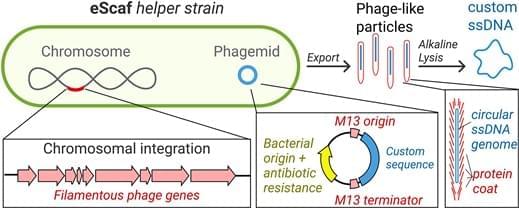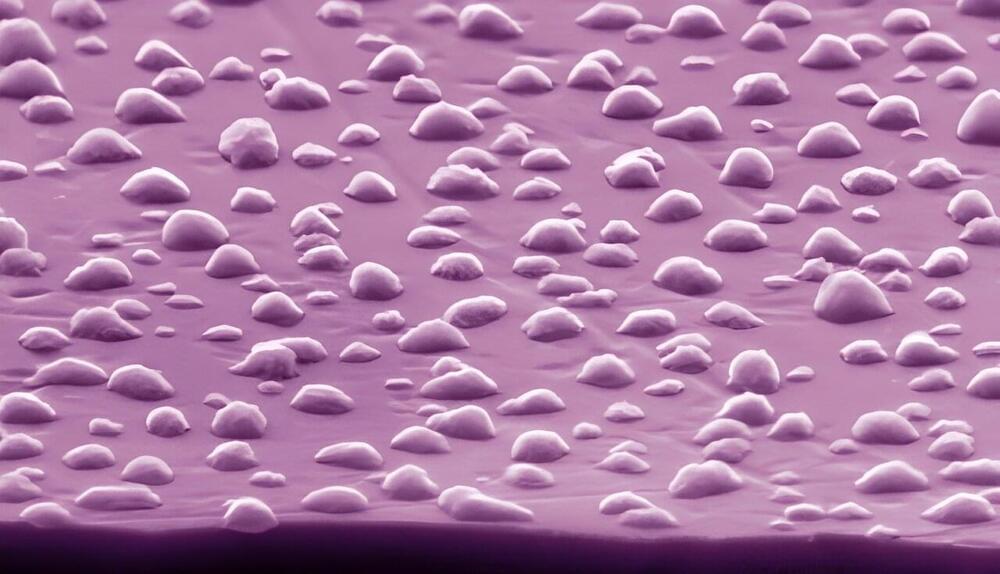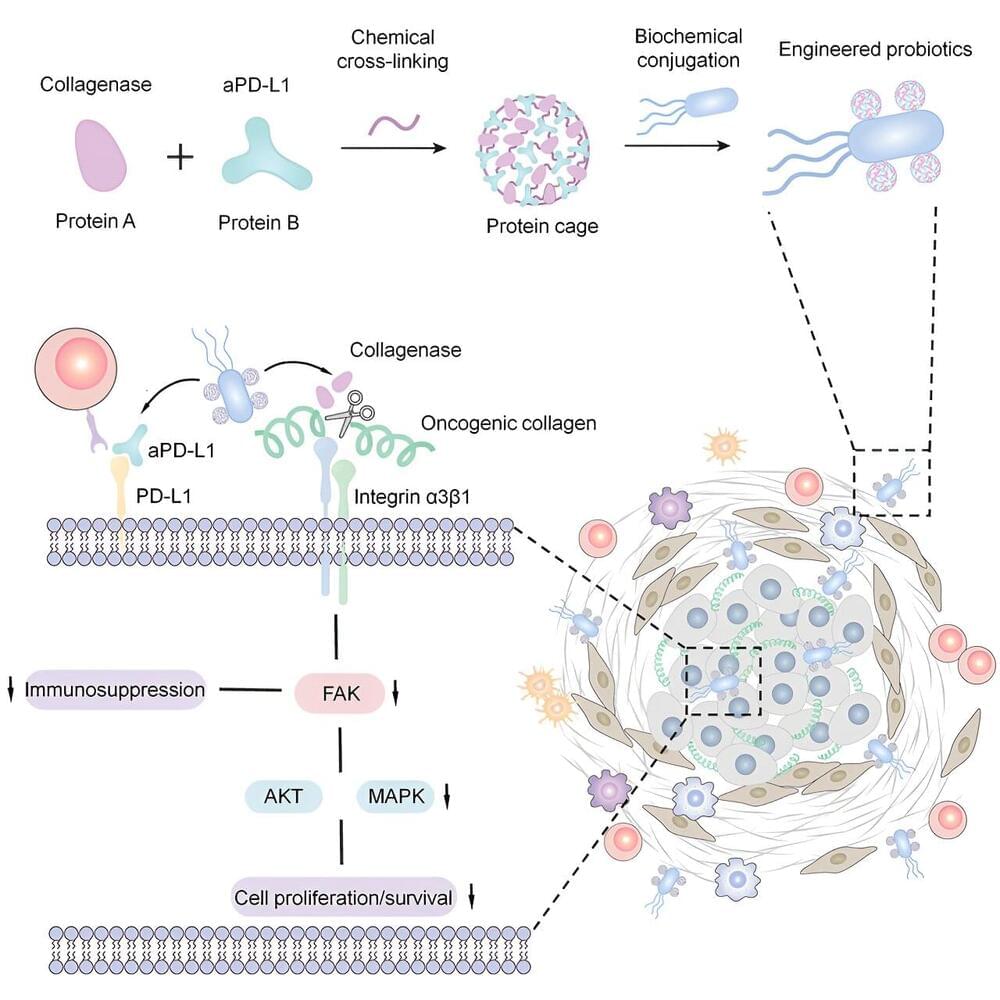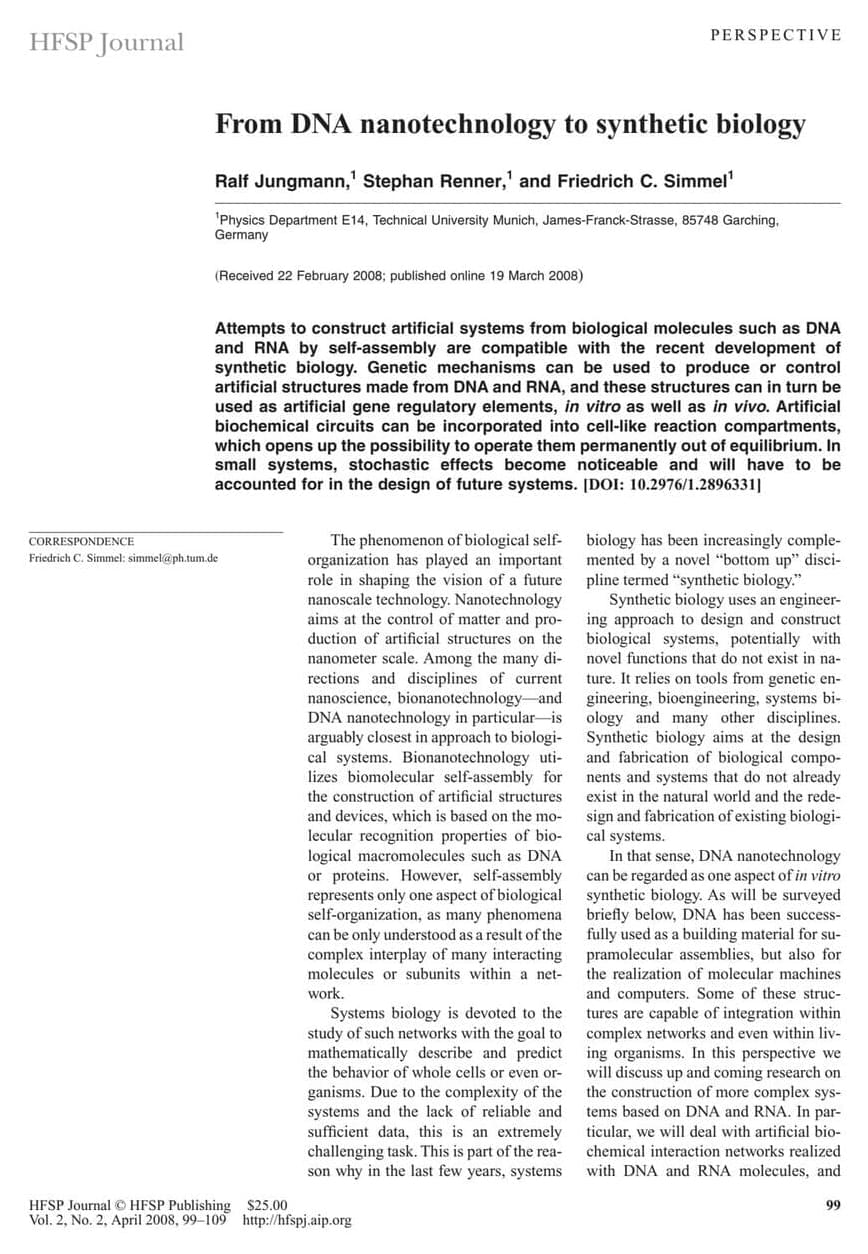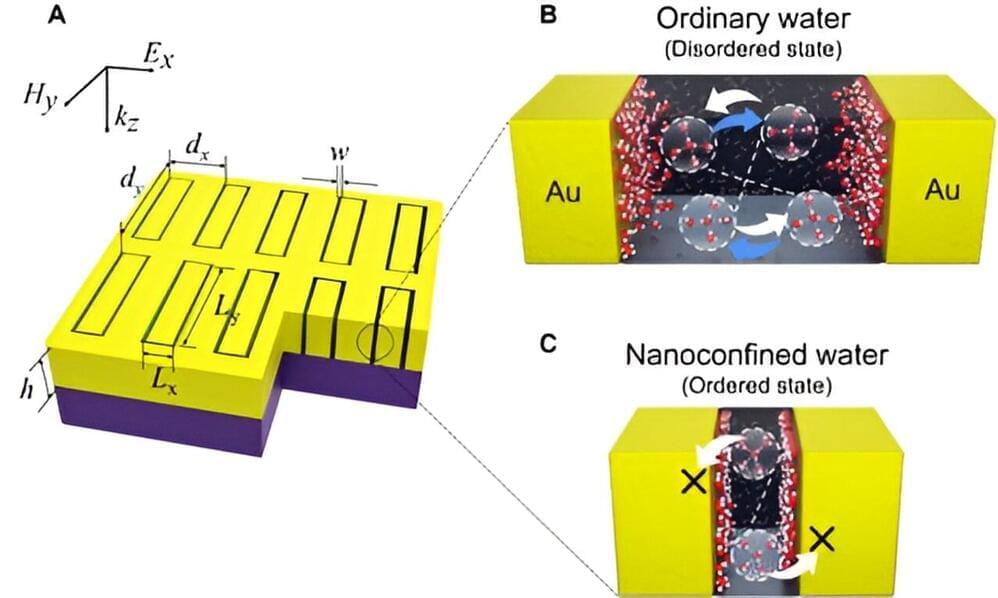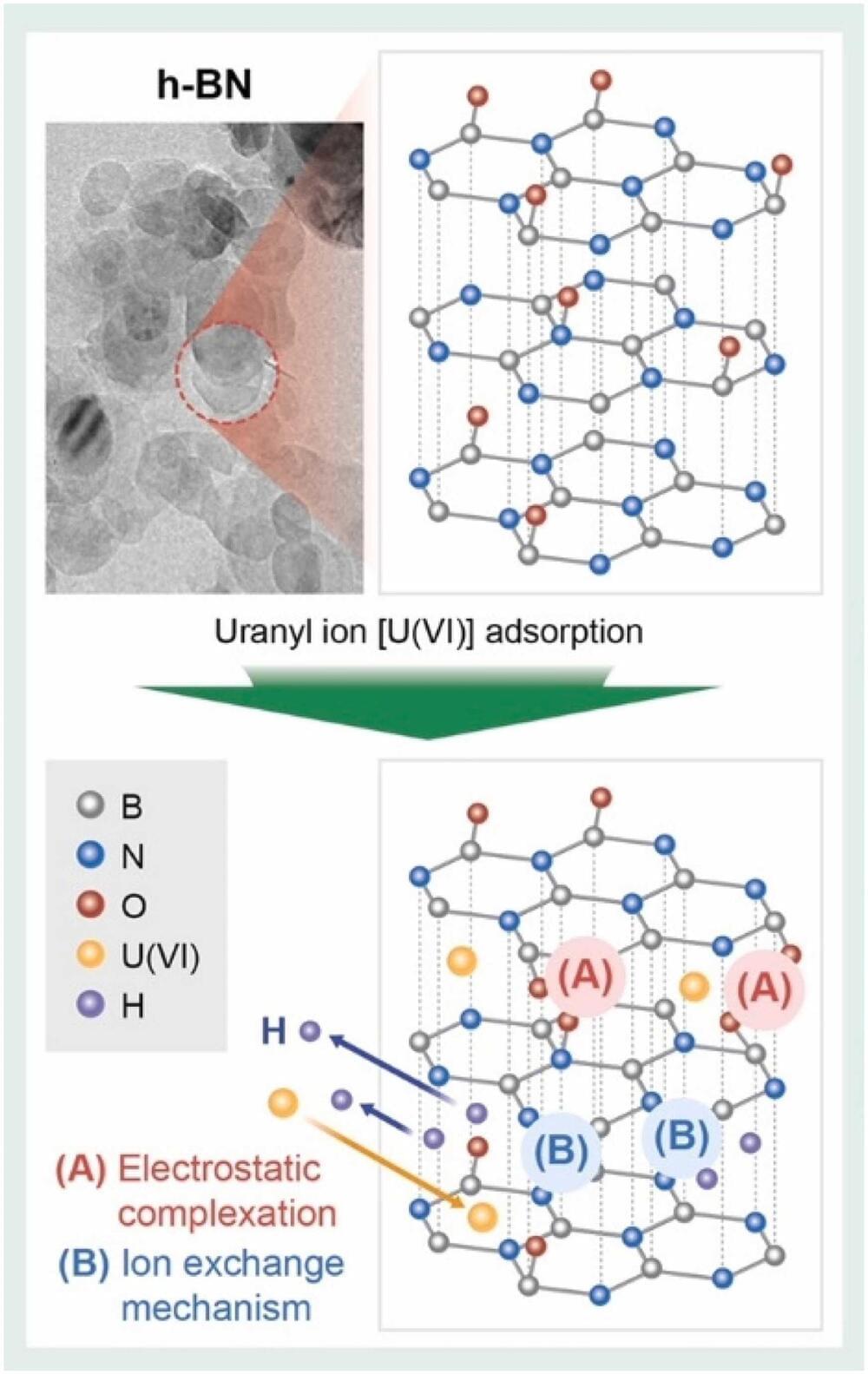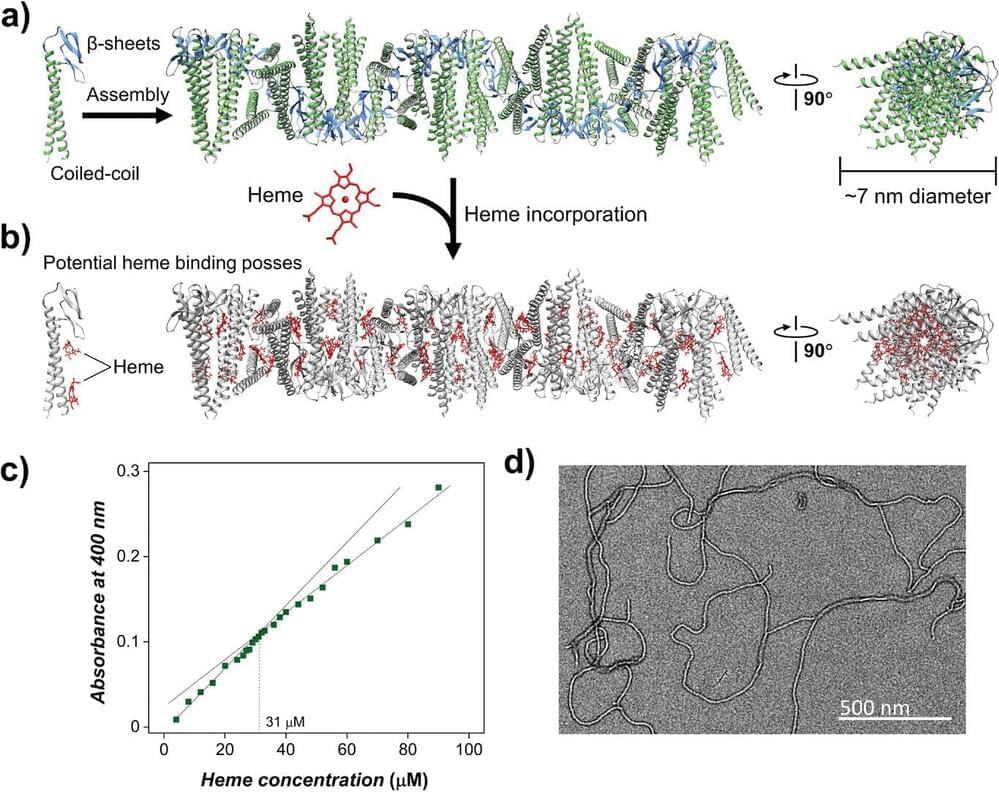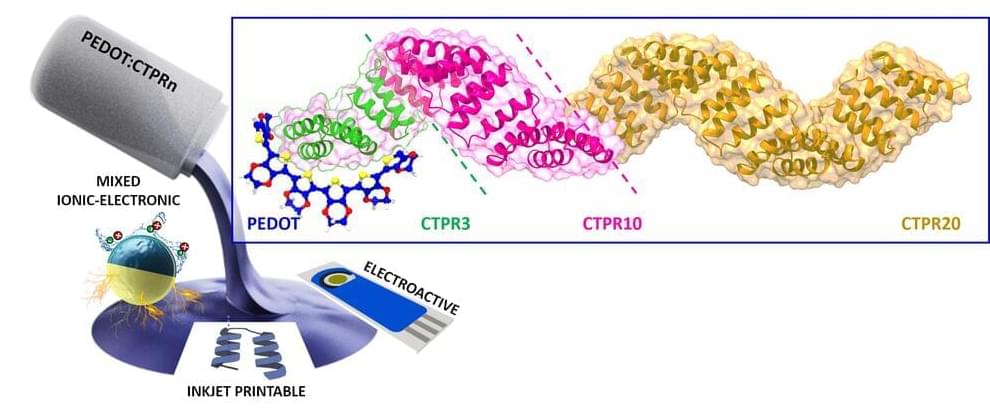Excellent paper wherein Shen et al.
Abstract. Long single-stranded DNA (ssDNA) is a versatile molecular reagent with applications including RNA-guided genome engineering and DNA nanotechnology, yet its production is typically resource-intensive. We introduce a novel method utilizing an engineered Escherichia coli ‘helper’ strain and phagemid system that simplifies long ssDNA generation to a straightforward transformation and purification procedure. Our method obviates the need for helper plasmids and their associated contamination by integrating M13mp18 genes directly into the E. coli chromosome. We achieved ssDNA lengths ranging from 504 to 20 724 nt with titers up to 250 μg/l following alkaline lysis purification. The efficacy of our system was confirmed through its application in primary T-cell genome modifications and DNA origami folding. The reliability, scalability and ease of our approach promise to unlock new experimental applications requiring large quantities of long ssDNA.
